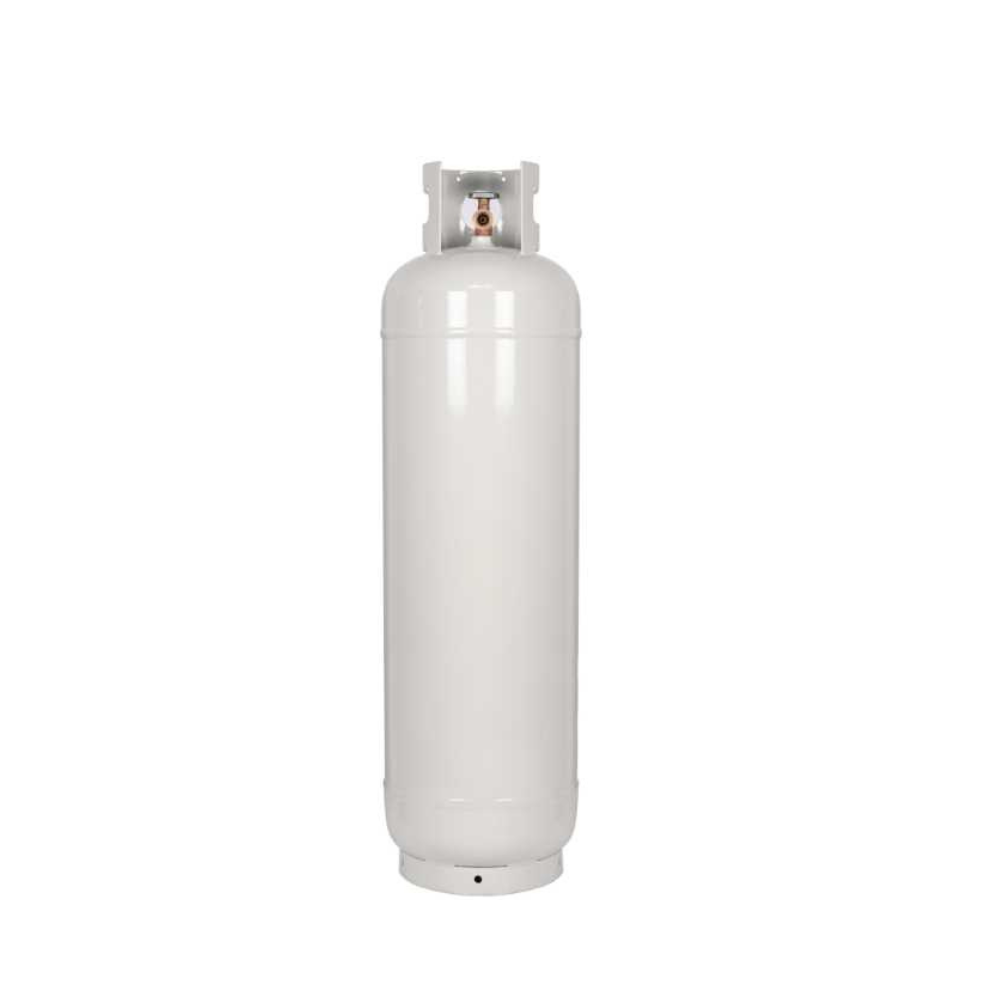Propane Gasses
| PROPANE | Total purity by volume(%) | Maximum levels of impurities (ppm by volume) | |||||||
| Grade | O2 | H2O | Ar | CO | CO2 | Noxides | Total Hydrocarbons | Other Impurities | |
| Special | 99.99 | 0.5 | 0.1 | 0.1 | 0.05 | 0.1 | 0.01 | 0.5 | Trace |
| Grade-I | 99.98 | 1.0 | 0.2 | 0.2 | 0.1 | 0.2 | 0.05 | 1.0 | Trace |
| Grade-II | 99.95 | 2.0 | 0.5 | 0.5 | 0.2 | 0.5 | 0.1 | 2.0 | 0.5 |
Technical Specifications
| Color | Colorless, Odorless Gas |
| Chemical Name | C3 H 8 |
| Molecular Weight | 44.10 g/mol |
| Boiling Point | -42.1°C (-43.8°F) |
| Melting Point | -187.7°C (-305.9°F) |
| Density | 0.51 kg/m3 (at 15°C) |
| Flash Point | -104°C (-155°F) |
| Autoignition Temperature | 468°C (874°F) |
| Flammability Limits | 2.1% to 9.5% by volume in air |
| Storage Pressure | Liquefied at ambient temperature (Pressure varies) |
Application Uses
- Fuel for Heating: Propane is commonly used in residential heating systems, especially in areas where natural gas is not available.
- Cooking Fuel: Propane is a popular choice for cooking fuel, especially in outdoor grills and stoves.
- Industrial Fuel: Propane is used in industrial heating applications, such as in furnaces and boilers for metal and glass production.
- Power Generation: Propane can be used as a fuel for power generation in backup generators and large-scale power plants.
- Fuel for Vehicles: Propane is used as an alternative fuel in some vehicles, offering a cleaner-burning option compared to gasoline and diesel.
- Refrigeration: Propane is sometimes used in refrigeration and cooling systems, particularly in applications requiring low environmental impact.

